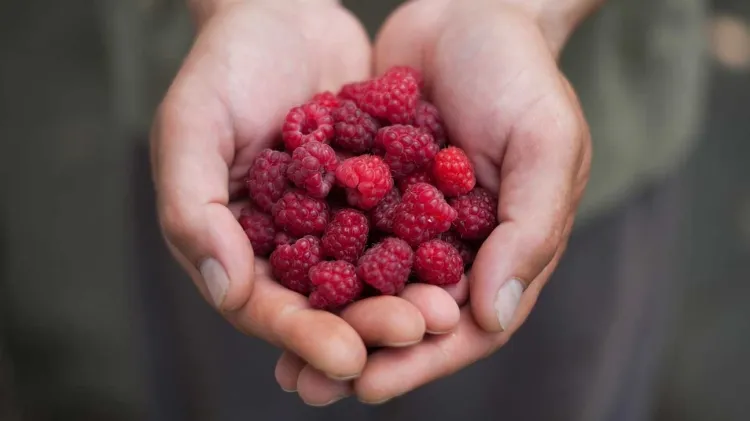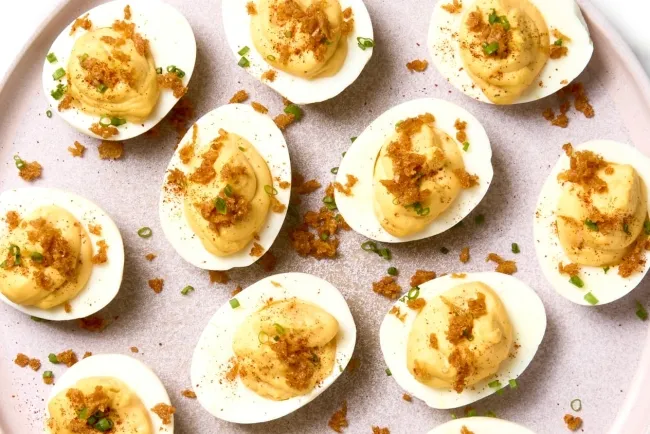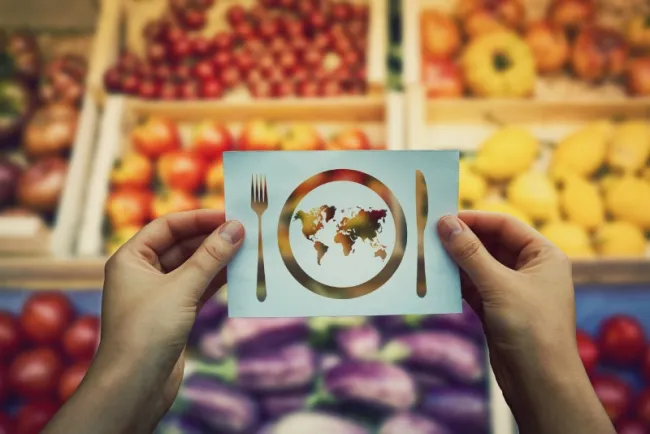Uses of Raspberries...!!!
Raspberries are delicious and nutritious, with a wide array of culinary uses. They offer numerous health benefits but also come with a few challenges, such as quick spoilage and potential allergens. Incorporating raspberries into your diet can be a tasty way to boost your nutrient intake and enjoy the natural sweetness of this vibrant berry.

Raspberries are delightful and versatile fruits that pack a nutritional punch.
Uses of Raspberries
Raspberries can be enjoyed in a multitude of ways:
-
Fresh Eating: Simply wash and enjoy them as a snack.
-
Baking: Incorporate them into pies, tarts, muffins, and cakes.
-
Jams and Preserves: Ideal for making homemade raspberry jam.
-
Beverages: Add them to smoothies, cocktails, or infused water.
-
Sauces and Syrups: Excellent for desserts or as a savory glaze for meats.
-
Salads: A sweet addition to both fruit and green salads.
-
Frozen: Preserve them for later use in various dishes.
Pros of Raspberries
-
Nutritional Benefits: Packed with vitamins (such as vitamin C and vitamin K), minerals, and antioxidants.
-
Fiber Content: High in dietary fiber, which aids digestion and promotes gut health.
-
Low in Calories: Perfect for those mindful of their calorie intake.
-
Antioxidant Properties: Contains compounds that combat oxidative stress and reduce inflammation.
-
Versatile: Suitable for both sweet and savory dishes.
:max_bytes(150000):strip_icc()/GettyImages-1246996912-448fdbe60187474d8eb8435bf60f3524.jpg)
Cons of Raspberries
-
Perishability: Raspberries are highly perishable and need to be consumed or preserved quickly.
-
Cost: They can be pricey, especially out of season.
-
Allergies: Some people may be allergic to raspberries and should avoid them.
-
Seeding: The seeds can be bothersome to some, particularly when making jams or sauces.
Raspberries are delicious and nutritious, with a wide array of culinary uses. They offer numerous health benefits but also come with a few challenges, such as quick spoilage and potential allergens. Incorporating raspberries into your diet can be a tasty way to boost your nutrient intake and enjoy the natural sweetness of this vibrant berry.
Cultivating raspberries can be a rewarding endeavor, whether for personal enjoyment or commercial purposes. Here's a comprehensive guide to raspberry cultivation:
1. Selecting the Right Variety
Raspberries come in different varieties, classified by color (red, black, yellow, and purple) and bearing type (summer-bearing or everbearing). Choose a variety that suits your climate and desired harvest time.
2. Site Selection and Preparation
-
Soil: Raspberries thrive in well-drained, fertile soil with a pH between 5.5 and 6.5.
-
Sunlight: They require full sun for optimal growth and fruit production.
-
Space: Ensure ample space for air circulation to prevent diseases. Plant rows 2-3 feet apart and leave 6-8 feet between rows.
3. Planting
-
Timing: Plant raspberries in early spring when the soil is workable.
-
Depth: Dig a hole large enough to accommodate the root system. Place the plant at the same depth it was in the nursery.
-
Spacing: Space the plants 2-3 feet apart within rows. Cover the roots with soil and water thoroughly.
4. Care and Maintenance
-
Watering: Keep the soil consistently moist, especially during fruiting. Avoid waterlogged conditions.
-
Mulching: Apply mulch to retain moisture, suppress weeds, and maintain soil temperature.
-
Pruning: Prune summer-bearing varieties after fruiting. For everbearing varieties, cut back canes after the first fall frost.
-
Fertilizing: Apply balanced fertilizer in early spring. Avoid excessive nitrogen, which can reduce fruit production.
5. Pest and Disease Management
-
Common Pests: Watch for aphids, raspberry beetles, and spider mites. Use organic or chemical controls as needed.
-
Diseases: Raspberries are susceptible to fungal diseases like root rot and cane blight. Ensure good air circulation and use disease-resistant varieties.
6. Harvesting
-
Timing: Harvest raspberries when they are fully ripe and easily detach from the plant. This typically occurs in early summer for summer-bearing varieties and late summer to fall for everbearing varieties.
-
Handling: Handle raspberries gently to avoid bruising. Store them in a cool place and consume or process them soon after harvesting.
With proper care and attention, raspberry cultivation can yield a bountiful harvest. By selecting the right variety, preparing the site, and maintaining the plants, you can enjoy the sweet, juicy fruits of your labor. Happy gardening
What's Your Reaction?

















